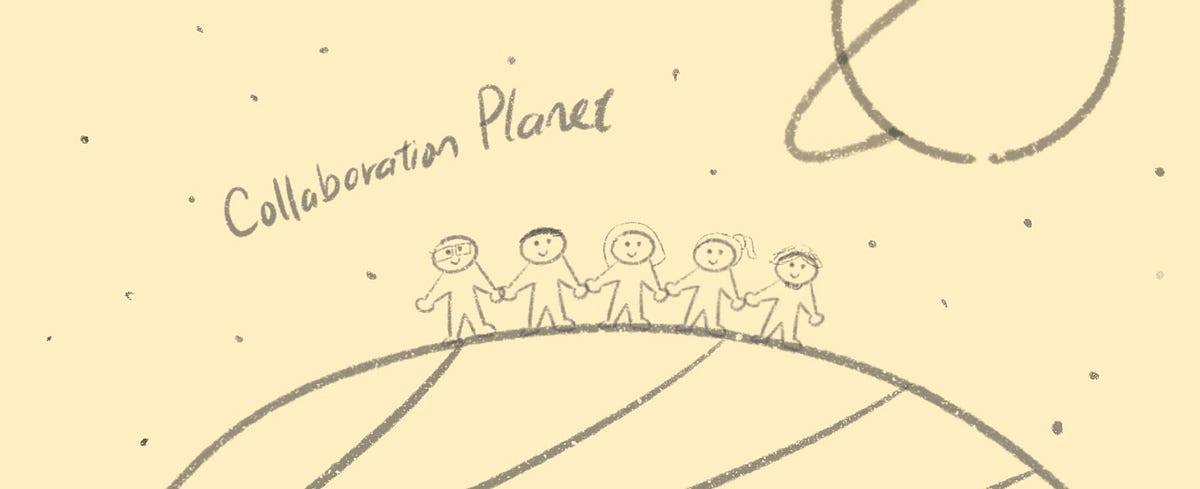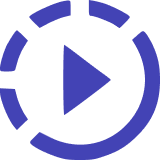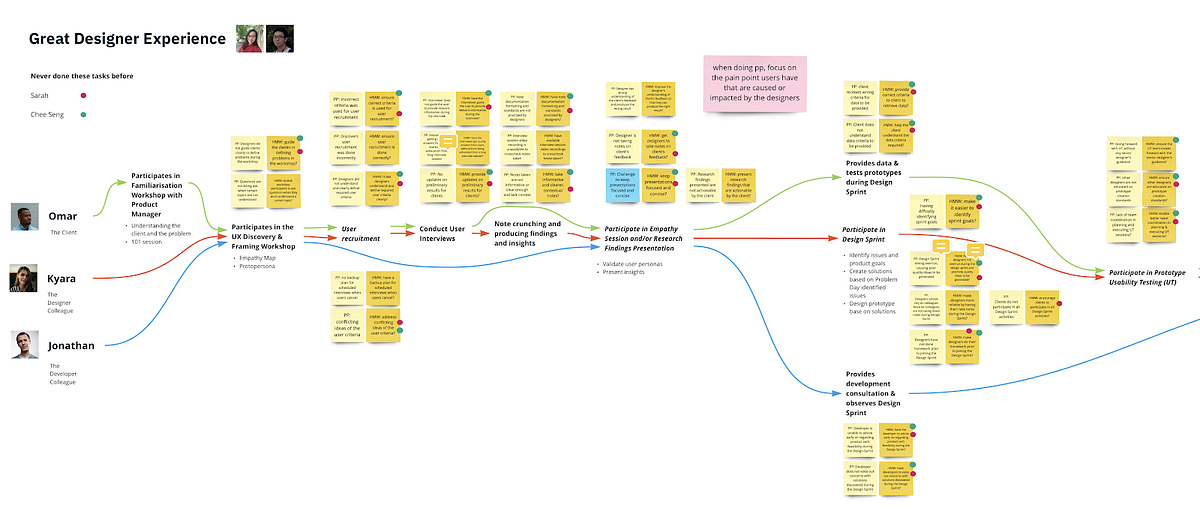Hi there! Welcome to the second part of my Stampede apprenticeship experience story. Previously, I talked about how I started my apprenticeship and what it’s like working in a fully remote company. Besides learning practical design skills from Tacticals and UI assignments like the New York Times redesign project, I also learnt a lot about how to look at design conventions which are models or standards that govern the look and feel of an interface and how to push them and myself further to produce better work. I also learnt more about design processes by shadowing my colleagues as they worked on client projects. If you have not read the first part of my Stampede apprenticeship experience, you can read it here!
For part two of my journey, I will talk about my experience collaborating with my colleagues on real projects and the work I did on a very impactful apprenticeship assignment that helped understand how my work affects others. This portion of the apprenticeship forced me to shift from a solo designer’s mindset to that of a team member’s where I had to work actively with others to achieve a goal. In the process, I learnt a big lesson about how teammates discuss ideas and compromise while supporting each other that their combined contributions make for a better working experience and even better outcome. This is one of the biggest lessons I learnt during my apprenticeship. Let’s begin!
The Lone Wolf vs Team Player
Doing things your own way without having to listen to others might sound fun and nice in the beginning because you feel like you’re in control. However, as the saying goes, “If you want to go fast, go alone. If you want to go far, go together.” This emphasises the importance of working in a team in order to achieve big things which is a mindset that we embrace at Stampede. Going it alone might be limiting you from learning new skills and different viewpoints from others. This is especially important considering how a fundamental part of UX design is about having empathy for others and being able to put yourself in their shoes so that you design for others and not for yourself. In Stampede, I was trained to be more humble and a better team player with my colleagues through various assignments and client projects. This ultimately taught me that engaging in teamwork makes me a better UX designer.
The Collaboration Begins!
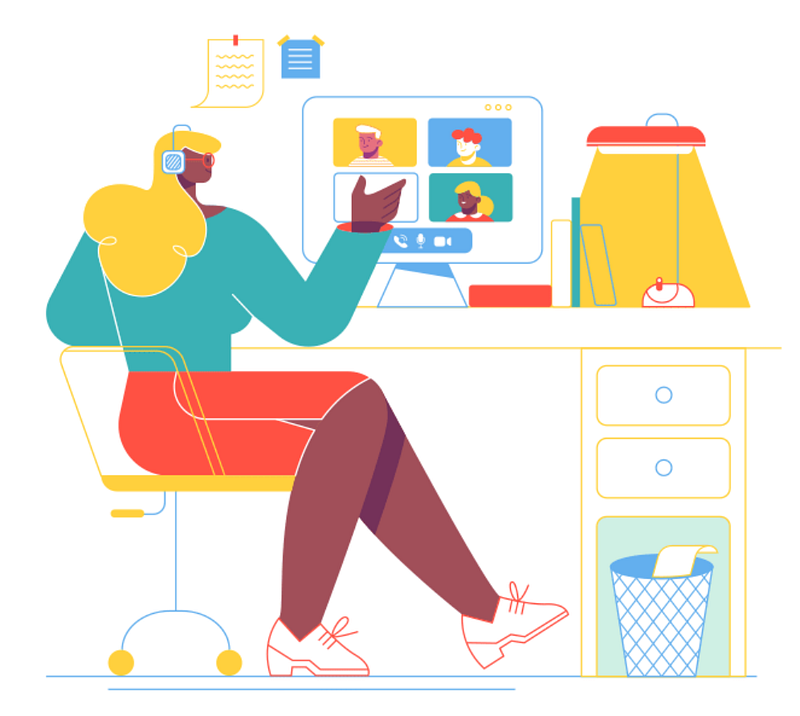
Little did I know that 2 months into my apprenticeship, I would be assigned to 2 teamwork-heavy client projects. This is when I started doing hands-on design with other colleagues and really got a real taste of a collaborative design process. The first project was about building UI interfaces for an Oil & Gas engineering platform that will help the company to monitor and manage their resources better. The second project was about doing UX Research for a global bioscience company on their IT service platform.
For the first engineering project, we needed to come up with an interface where the users could monitor and manage their company’s resources better. Fortunately, we didn’t have to start from scratch because the previous team who worked on this project had created a design library. The library is a file that contains various UI components, such as buttons in different states or colors, that designers can use like lego building blocks to create visually consistent interfaces. This is vital because the product is only one of several digital products in a large enterprise and using a design library ensures that the look and feel is consistent across multiple products while making the designs easier to maintain in the long run. Another benefit of using the design library was that we could save a lot of time on design because we didn’t have to recreate the UI components from scratch.
On this project, , my seniors would assign different parts of the interface to each of us to design. If we weren’t sure about something, we were encouraged to ask questions. My seniors also walked me through how the library was created so that I would understand the context and reasoning behind each component. . This meant I got to learn the thought processes and ideas behind the design library. They also taught me how to utilise certain components in the right way and at the right time.
At the end of each day, we would have a short discussion where we could share what challenges we faced or if we needed help. I learned a lot about how to explain my designs, a.k.a. provide a design rationale, by both listening to how other designers explained their work and from practising explaining my own designs. Explaining our design choices and defending them not only helps other designers or stakeholders to understand the designer’s thought process and reasoning but it also helps the designer to improve their critical thinking skills when they are solving a problem.
“Explaining our design choices and defending them not only helps other designers or stakeholders to understand the designer’s thought process and reasoning but it also helps the designer to improve their critical thinking skills when they are solving a problem”
After the first project concluded, Sarah, (my fellow apprentice!) and I worked with other designers on UX Research for another client which was a process to understand the user and their pain points so we could address them through design. This time we were part of a user interview. A user interview is a UX research method in which the researcher/interviewer asks the user about their behaviours, habits and motivations when using a certain product or service. Its main purpose is to help designers validate assumptions and empathise with the user. By understanding what’s important to them and their considerations, we can better appreciate and understand their problems and thus design an appropriate solution for them in future. Sarah and I listened to the user interviews and took down notes while listening to what the user was saying about why and how they achieved their goals using a service. It was tough because you need to write what the user is saying and it can be hard if they speak quickly! However, the main challenge was that note taking isn’t just about transcribing what the user said but noting down items that will help with the design process like knowing which parts of a current process are confusing and why. Knowing these pain points means that we as designers will know what areas we need to devise a solution for in the design phase. Note taking requires some practice to understand what point the user is trying to make and contextualising that for the product they’re referring to.
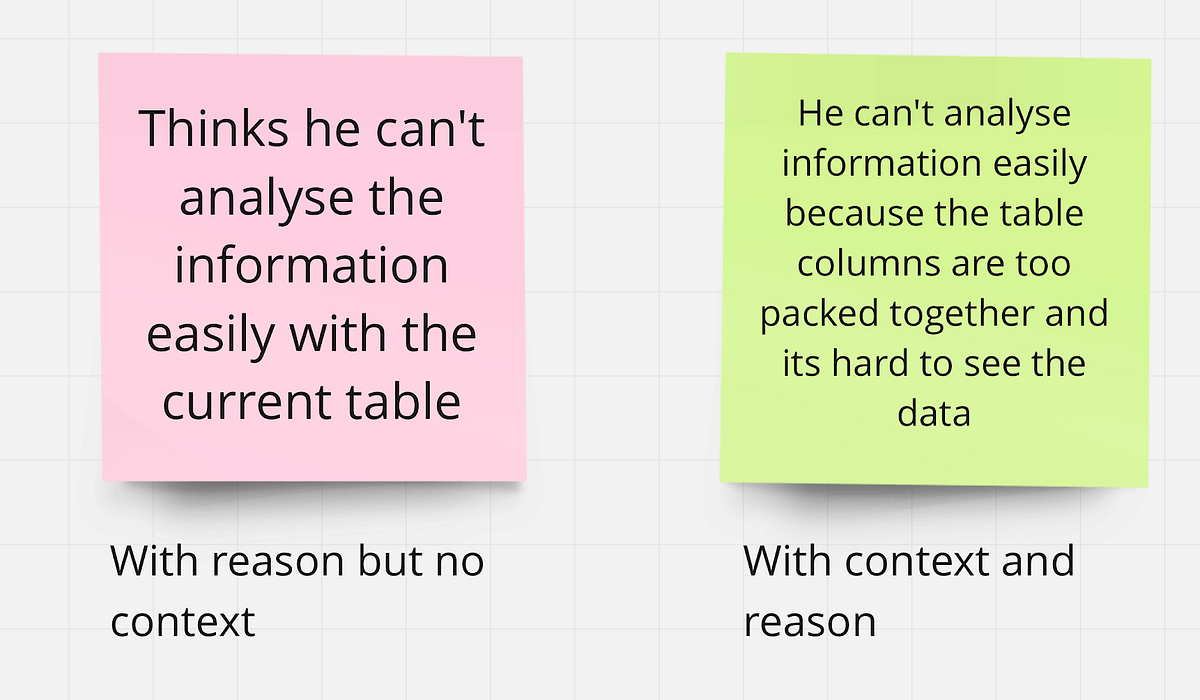
Similarly, as a note taker, you need to be careful to not only note down general information but sufficient context and l insights about why users struggle in certain parts of their experience with a service or product. For example, the pink sticky note in the picture above contains a reason but didn’t have any evidence on why the user can’t analyse information easily. On the other hand, the green sticky note contains both a reason and context on why the user can’t easily analyse information. Over time, though, and with practice, we managed to write down good notes that helped inform the design.
Here are some of the main takeaways from working with other designers:
- Design work is more cohesive. You will notice the connection between one element of the task to the other even though each element was contributed to by different people. This is because everyone has a shared understanding of how the product and various components work so that they can effectively connect different parts of the product to make it a united whole.
- Collaboration trains the team members to respect each other even if they don’t agree and encourages team members to use different points of view and ideas to have a richer understanding of a product and how it may work. Conflict and disagreements happen in teams all the time and it’s normal. The important thing is to know how to compromise and learn from each other so that the final outcome can solve different problems and cater for different viewpoints that a solo designer may otherwise have missed.
- Pillars of support. It is sometimes hard to carry the pressure of a project on your own. If the project is divided into different and smaller parts, the pressure will also be divided as well and you can rely on others to help you. But most importantly, you will have people to bounce ideas with and exchange knowledge.
Great Designer Experience
After working on client projects and also some UI assignments, Sarah and I worked together on “The Great Designer Experience.” The goal of this assignment was to teach us the importance and impact of delivering a positive working experience among colleagues and our clients.
“How do you deliver a great experience to other people who are working with you?”
This assignment required us to come up with 3 different journey maps that represented the processes of 3 personas. We then came up with pain points for each of them in each stage of the design process from teaching clients about UX to shipping the product to the end users. The 3 personas were designer, developer and the client. Using the personas we identified, we constructed a journey map. A journey map is a visualisation of a process a person goes through to reach a goal. The journey map shown above is not a typical journey map because it contains the overlapping journeys of 3 personas. Nevertheless, all 3 shared the same goal of having a positive experience working with us, the apprentices.
Shaza, who is the Co-founder and UX Principal of Stampede advised us to be creative and flexible with the map and not to be afraid of adding more steps in between. Doing so would help us understand the design process better.
After we built the journey map, we needed to identify pain points at each step of the process. We didn’t want to assume that we knew all the problems because we weren’t the users themselves. If we were to provide solutions for them, they wouldn’t be accurate as we have our own biases and can’t help but think about our own point of view, even when we’re supposed to be thinking from theirs! So the best way to learn about our colleagues’ pain points was to ask them about it. Sarah and I scheduled short calls with some of our colleagues to find out their difficulties when working on designs.
“When identifying pain points, focus on the pain points users have that are caused or impacted by the designers”
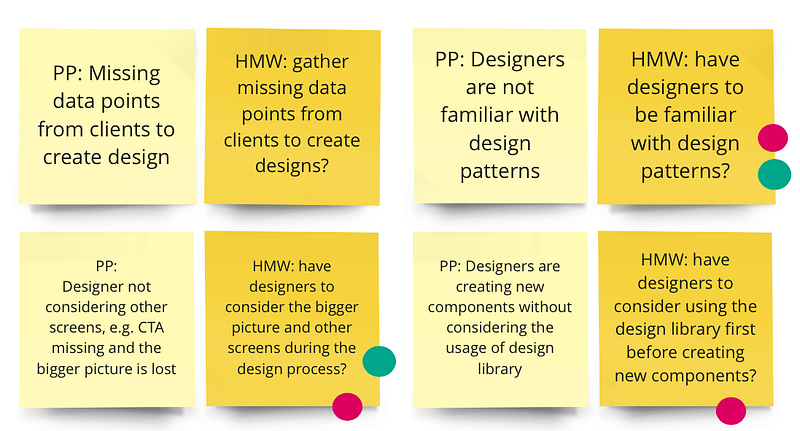
We didn’t do a full fledged UX research interview with our colleagues but had simple calls to listen to their point of view. This helped us empathise with them and place ourselves in their shoes. We also applied what we learned from note-taking in this assignment.
Instead of jumping straight into solving the pain points, we would need to reframe the pain points into a How Might We question which rephrases it into an opportunity. This helped us shift our mindset from a problem space to a potential solution and also helped us think about the true value the user would get if we solved their problem as opposed to looking at a superficial solution that only addressed a symptom rather than a root cause.
This assignment made a strong impact on us because it taught us to be aware of the impact a task has on others like the developers, clients and my designer colleagues. For example, when you design a UI without providing any information or instructions on how the interaction works before passing it to a developer, the reasons and what exactly is required will be unclear to them and they will need to ask you to clarify. To this day, the lesson from this particular assignment means that I am mindful when I am handing over my design work and how it impacts others.
Takeaways
The path from lone wolf to a team player was not easy. I have to let go of a lot of my bad habits and attitudes like ego, knowledge-bias and not compromising to learn from others. These habits were mostly subconscious which was why they’re hard to spot and I needed my colleagues to point that out constantly. I appreciate their effort to remind me and help me to be a better team player.
The great designer experience was also never only about the designer who creates the design. It talks about the whole design experience of people within product teams. The whole design experience also includes tension and disagreement in discussions. These are important in teamwork because identifying where differences lie and understanding how to compromise and work together to address them is what leads to better product outcomes. If everyone thought the same, we wouldn’t create products that embrace different points of view or address blind spots.
In my next and final blog post, I’ll be introducing the last part of my apprenticeship journey which was an assignment to design a digital product entirely from scratch utilising the design process. This was the toughest, longest and most exciting assignment among all those that I had completed. It taught me about the importance of quality over quantity, and also the benefits of working with a goal in mind. So stay tuned for the post next week!
